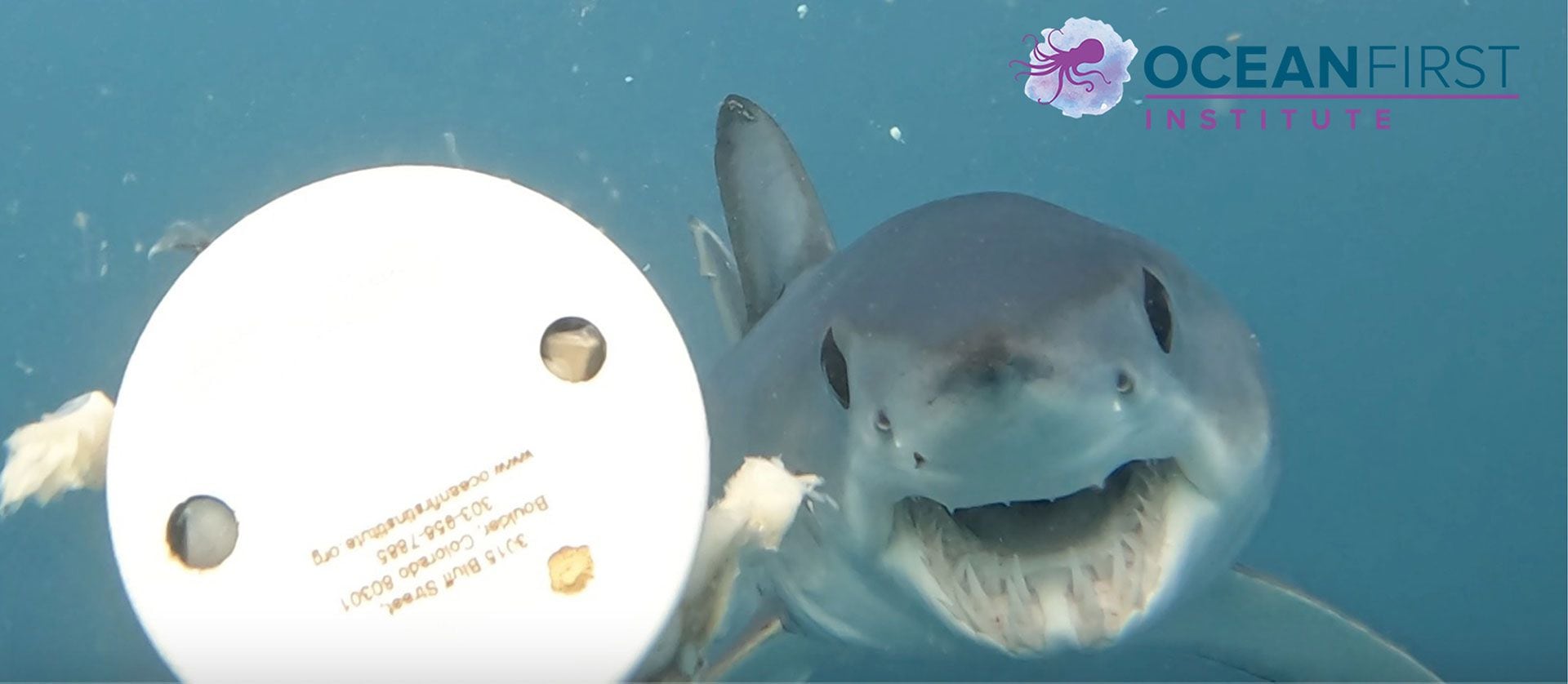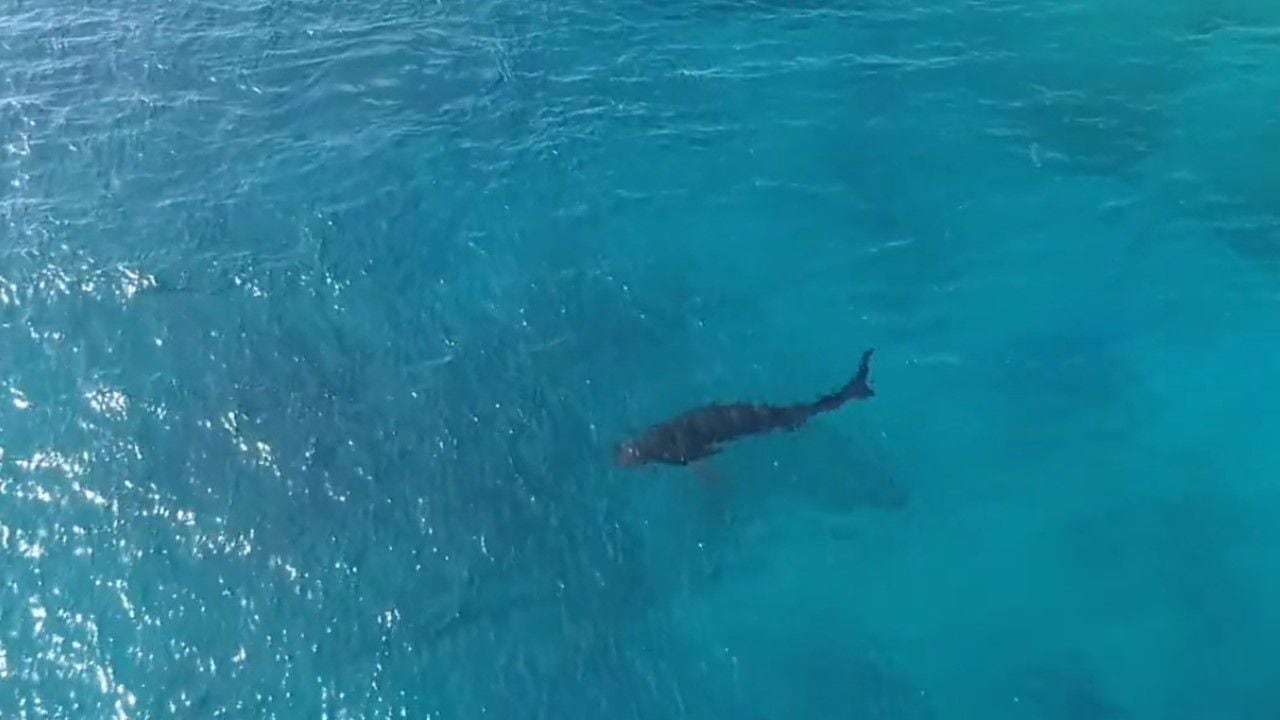
A great short-finned mako shark tried to bite the camera of a shark researcher in North Carolina, and the photo is making a lot of people's hair stand on end on social media.
The image, taken during a recent OCEARCH expedition, shows the shark with its mouth open, revealing row after row of irregular teeth. The moment was captured with a barley underwater camera deployed by Chris Malinowski, director of research and conservation at the Colorado-based Ocean First Institute.

“WOW! Our Director of Research and Conservation, Dr. Chris Malinowski, has just started with a bang! He's off the coast of North Carolina deploying BRUVS (underwater cameras with bait) with our partners OCEARCH and caught this beautiful mako shark! They are the fastest sharks in the ocean and have a mechanism that overheats their eyes so they can see fast-moving prey! Stay tuned as he will be there next week looking for more sharks!” , they explained.
News Observer detailed in its note that comments on social networks range from amazement to fear, along with some jokes about an obvious gap in the shark's teeth.
“Like a beautiful avalanche of razor blades,” wrote Samantha Whitcraft. “That's a face that only two people could love, mother and orthodontist,” Susan Tegan said. “I am a diver, instructor and teach spearfishing. That's not beautiful, adorable, nothing like that,” wrote Ken Barkhuff. “If you've ever been hit by a shark (it happened to me), they're not beautiful with their mouths open coming at you,” he explained.

In the photos released it is not possible to observe the size of the animal, but according to experts they can grow up to 13 feet long (almost 4 meters) in the Atlantic and can swim at 45 mp/h (72.4 km/h).
The Mako species is a critical part of the marine food chain. However, they are also known for a “fearsome appearance” because their long, thin teeth are “visible even when the mouth is closed,” experts note.

The note explains that the OCEARCH expedition set sail from North Carolina this month to find evidence that the region may be a breeding ground for great white sharks. The Ocean First Institute was one of the collaborating institutions.
The expedition took place from March 4 to 24 and traveled as far north as Onslow Bay off Morehead City. The director of the Ocean First Institute, Mikki McComb-Kobza, told McClatchy News that the agency is using its research to discredit “the general idea that all sharks are monsters.”
“I know he (the mako) is a little scary with his teeth and all that, but he really is a fascinating animal and his story is much cooler than most people know,” McComb-Kobza explained.
“Makos may be more closely related to the largest predatory shark that ever existed, the Megalodon... They are the fastest sharks in the ocean and have a mechanism that overheats their eyes so they can see fast-moving prey!” concluded.
KEEP READING:
Últimas Noticias
Debanhi Escobar: they secured the motel where she was found lifeless in a cistern

The oldest person in the world died at the age of 119

Macabre find in CDMX: they left a body bagged and tied in a taxi
The eagles of America will face Manchester City in a duel of legends. Here are the details

Why is it good to bring dogs out to know the world when they are puppies




